On August 6 Ukrainian forces poured into Russia’s Kursk province in German and American-made armor. Berlin and Washington quickly announced that in doing so the Ukrainians were not violating any restrictions the US and Germany had placed on hardware supplied to Ukraine.
This raises the question of when did US and Germany expand their authorizations to encompass the use of Western armor on Russian soil?
You will recall that in May, during Russia’s cross-border offensive into Kharkov, the Ukrainians were complaining that they were not authorized to return fire with NATO-caliber howitzers at Russian guns firing from Russia, or to hit Russian reinforcements headed for Ukraine. (They could use their domestically-produced and third-party-sourced weapons freely, but said this was not enough.)
The Biden admin thus changed the rules that very month authorizing Ukraine to fire its US-supplied guns and HIMARS rockets into Russia, and Berlin quickly followed suit.
However, all the language in May — at least the public part — was about firing into Russia from Ukrainian territory, especially in the context of countering fires from Russia. There was nothing to imply the new rules meant that Ukraine could also take its NATO hardware and drive it into a Russian province.
So then when was this permission given?
- Perhaps the expanded May authorization went beyond what was presented to the public. Perhaps the new rules allowed not just fires into Russia up to the 90-kilometer HIMARS range, but encompassed any use of NATO equipment in that zone, including staging Corps-sized armored offensives into Russian provinces.
- Another possibility is that prior to its August 6 offensive Ukraine quietly approached the US asking for authorization to drive US hardware across the Russian border, and that this permission was given, but secretly lest the Russians be alerted.
- The final possibility is that Ukraine took the tanks into Russia without explicit permission and presented the US and Germany with a faint accompli.
Personally I find option 3 the most likely. Reportedly Kiev’s Kursk offensive was devised by the General Staff in such secrecy that even the military intelligence under the Ministry of Defense was not told of it in advance, much less the Americans.
Nonetheless, whichever is true, domestic audiences in NATO countries are in an interesting position. Either their governments authorized new weapon uses against a nuclear state without informing the citizenry. Or else the decision no longer even fully rests with their governments, which is even wilder.
Simultaneously, the media failed to show any interest in the question of who and when told Kiev driving NATO-supported tanks into Russia was now okay, or to comprehend the significance of this.
Now that US-supplied armor has moved into Russia so has the entire logistics train for these vehicles. A logistics train that ends in US bases in Poland.
What happens to a Stryker when it is damaged in Kursk? It is recovered by a US-supplied M88 recovery vehicle, loaded onto rail for transport to a US facility in Poland, and repaired by US mechanics, before being returned to the front. The same is done with the German-supplied vehicles in Germany. This is not combat, but it is warfare.
Ukraine’s extension of the US supply chain across the Russian 1991 borders means America is a participant to warfare on soil it itself recognizes as Russia. To a pre-2022 person how insane is this?
Rylsk Strike
As the Ukrainians crossed the border on August 6, a convoy of Russian troops headed to Kharkov was redirected to meet them. On the way, they unwisely pulled over for a rest without taking cover or spreading out. They were spotted by a drone and then hit by HIMARS. The result was gruesome, with dozens of Russians dead.
Now let’s zoom out to truly appreciate what happened here. Up to 40 Russian troops were wiped out in a Russian town while trying to reach a battlefield in Russia, by missiles given by the US for free, and crews trained by the US for free.
The inverse scenario would be if the US invaded Mexico along the east coast, and Mexico staged a small counter-invasion into Arizona, and Russia flooded the Mexicans in Arizona with all sorts of weapons, ammunition, and training for free.
What do we think the American reaction would be to such a thing? Years ago Ukraine found itself in hot water with DC for simply selling a military radar to Iraq in a commercial deal. And Iraq is an ocean away from America and neither was the US at that point at war with it, yet Washington was livid.
Imagine if instead of merely selling a weapon to a sanctioned enemy, US troops were actually being blown up on US soil in their dozens by guided rockets financed by Ukraine to support Mexican independence? What would happen?
It is true that during the Cold War the Soviets flooded weapons into Vietnam, and the Americans did the same to the Soviets in Afghanistan. But the thought either would be delivering weapons to be used inside the US or Russia proper would have been insane.
The distance traveled since then is impossible to overstate. A short 35 years ago, well within living memory, probably within your lifetime, the Russians were occupying East Germany and were the masters of Berlin. A short 35 years later, a NATO logistics chain for US and German tanks extends into Kursk where Russian troops are being blown to pieces by missiles the US is flooding in.
A long time ago Bush argued the US was fighting “terrorists” in Iraq so it didn’t have to fight them in America. In the Russian case that’s actually true. The Russians gave up their empire, and the Americans followed them home.
Kursk Genius
Many commentators with different sympathies have estimated that Ukraine’s offensive into Russia has been a negative for Ukraine and a failure. I wouldn’t be so quick.
The military outcome has been mixed, but focusing on that overlooks its true genius. Its most crucial aspect has been to desensitize Western capitals to waging war on Russian soil.
Kiev took Western-supported tanks and took them into Russia. This extended NATO supply chains into Russia, involving Western capitals in ambitious offensive warfare within Russia’s 1991 borders. A major step, but one that in the feel-good moment of Ukrainian spearheads going in, no Western politician was thinking much about — and certainly none wanted the media and peer heat of complicating the impressive initial Ukrainian advance by asking what made Kiev think authorization for such use of Western-donated hardware had been given.
And so the West acquiesced quietly and merrily, and in the meantime got used to the new reality it was a party to warfare on Russian soil.
We may already be seeing the first results of this desensitization.
And:
It looks like a US announcement in the coming days that Kiev may fire ballistic and cruise missiles the US supplies into Russia is a foregone conclusion.
Currently the US is supplying missiles to be fired into Crimea and Donbass, but Ukraine alone is conducting a strike campaign into Russia’s 1991 borders using its domestically-produced piston-engine flying bombs. So far the US drew a line at having the Ukrainians fire US-supplied missiles into Russia, since between the US providing the missiles, the training to use them, the satellite imagery to aim them, the GPS signal to guide them, and the authorization to strike a specific target, it would make the US a party to strikes on internationally-recognized Russian territory — an act of war if there ever was one.
However, should this come to pass or not, the US is already waging war against Russia on Russian territory, and has been since August 6 when NATO supply chains crossed the Russian border to sustain an offensive of 20,000.
Above are excerpts from Ukraine’s long-range strike campaign into Russia, in this case this week’s Moscow strikes with piston-engined drones. Should American cruise and ballistic missiles start falling as well, that is no longer a Ukrainian campaign, but a US one via proxy.


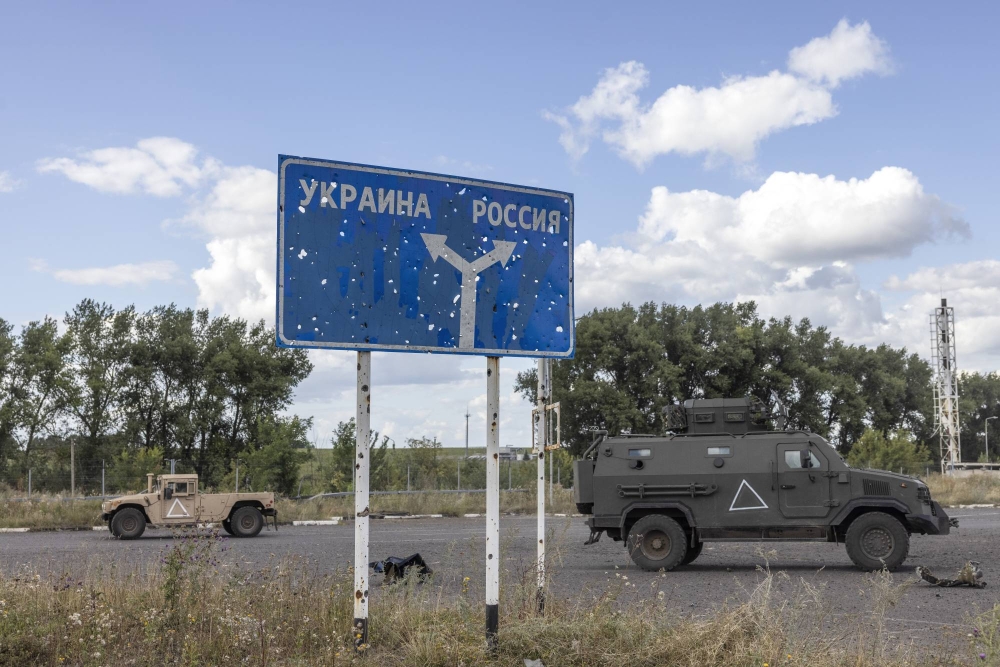
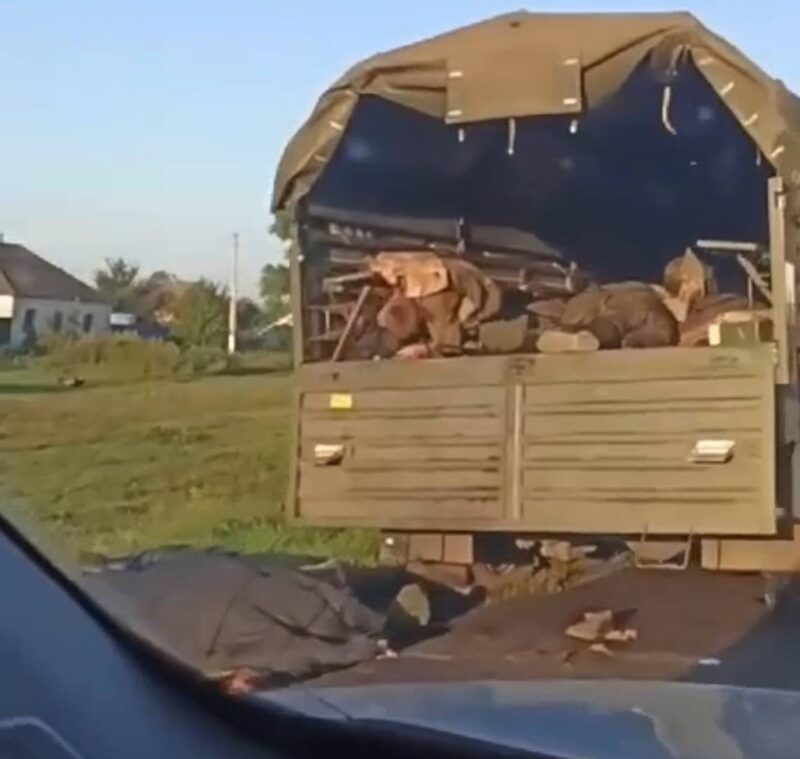
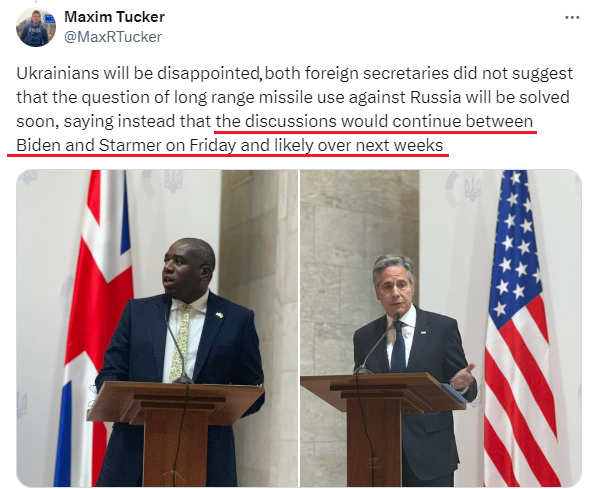
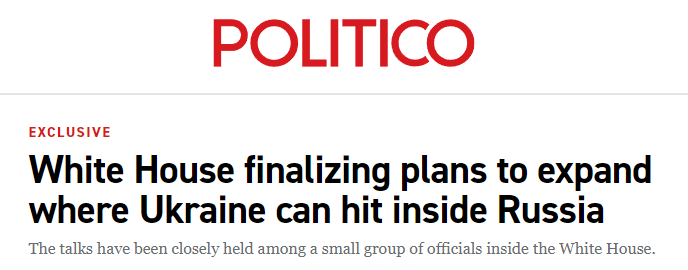
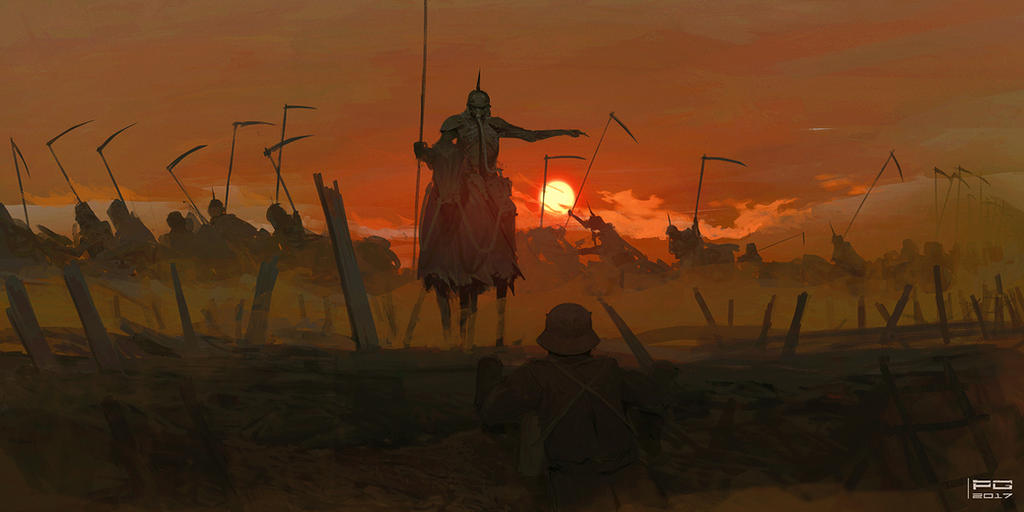
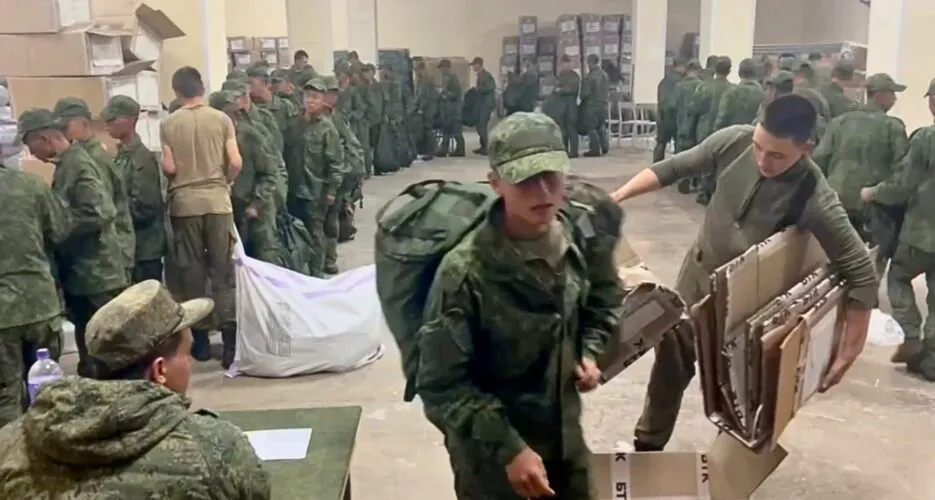
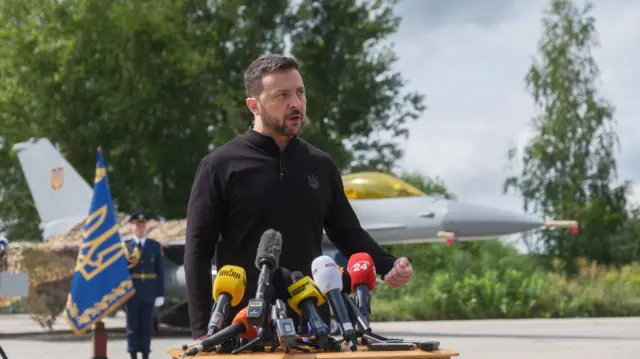
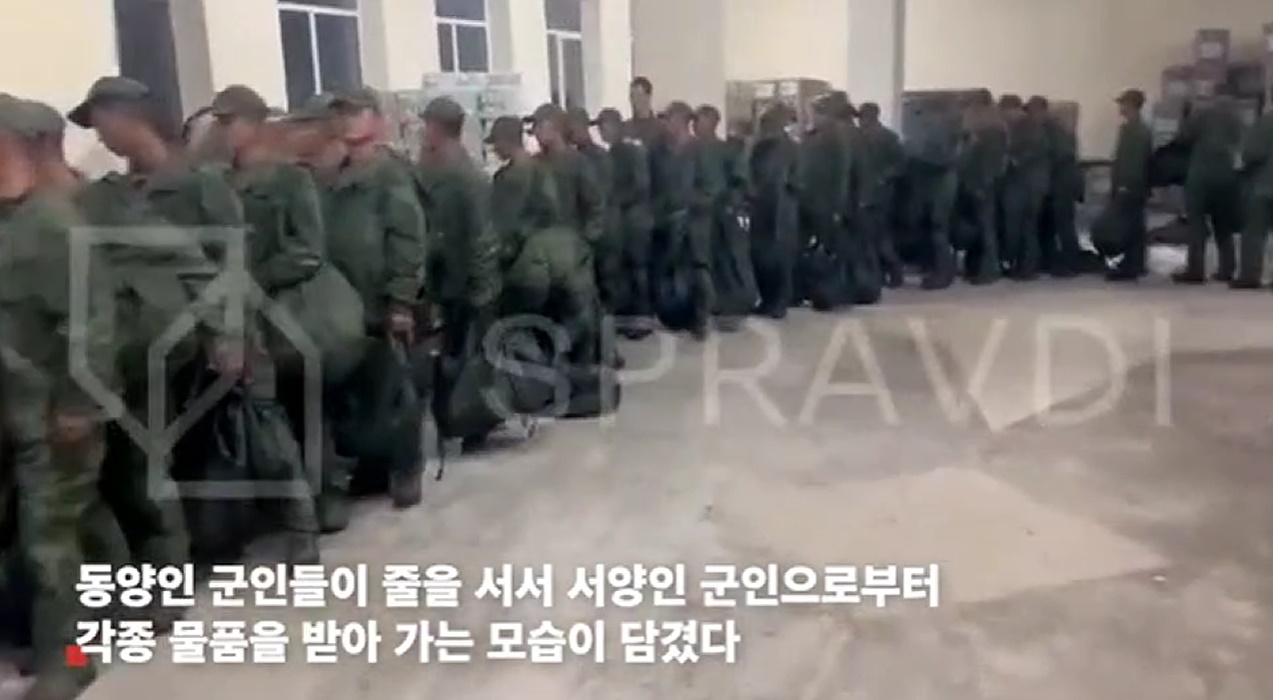
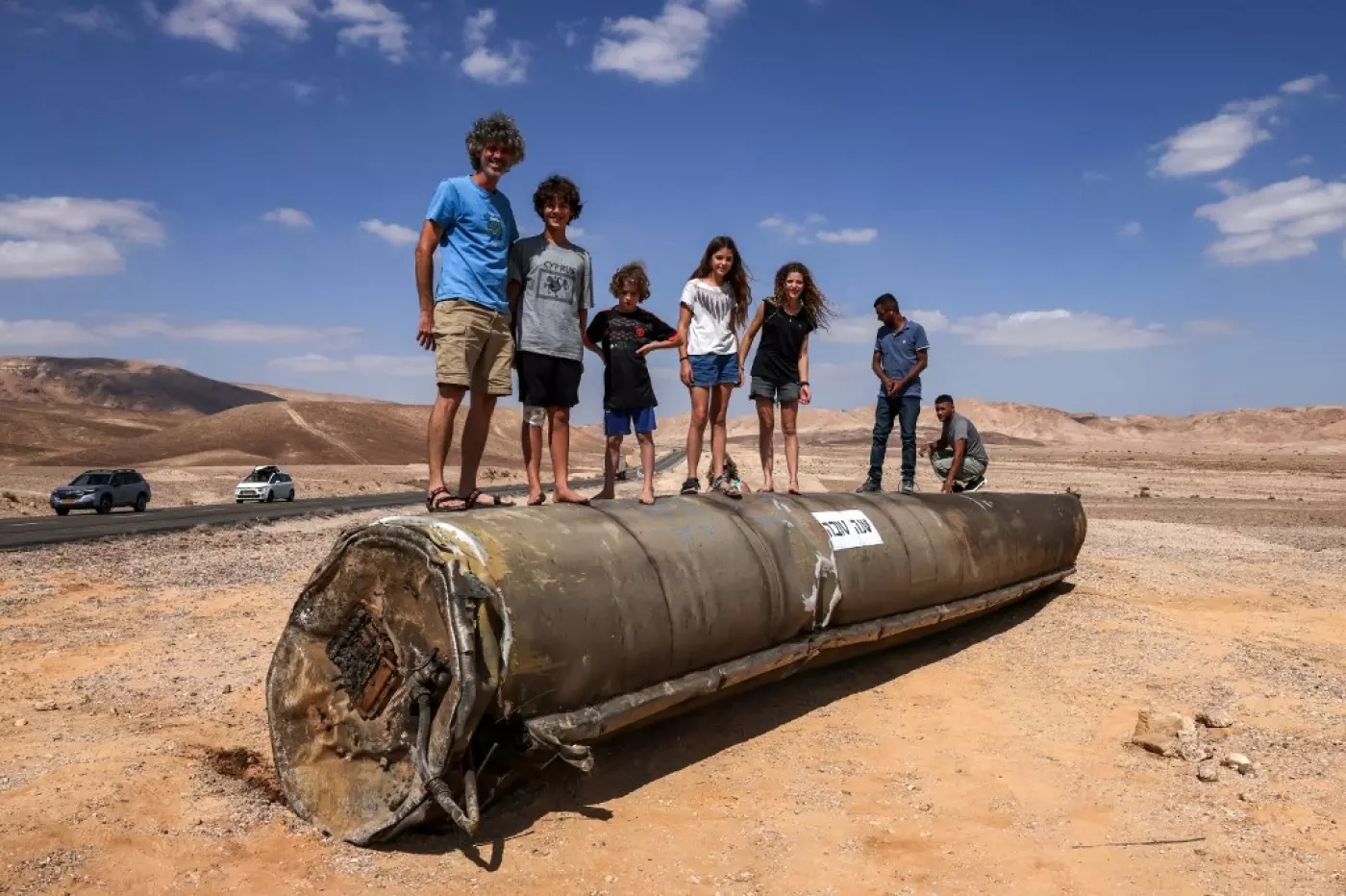
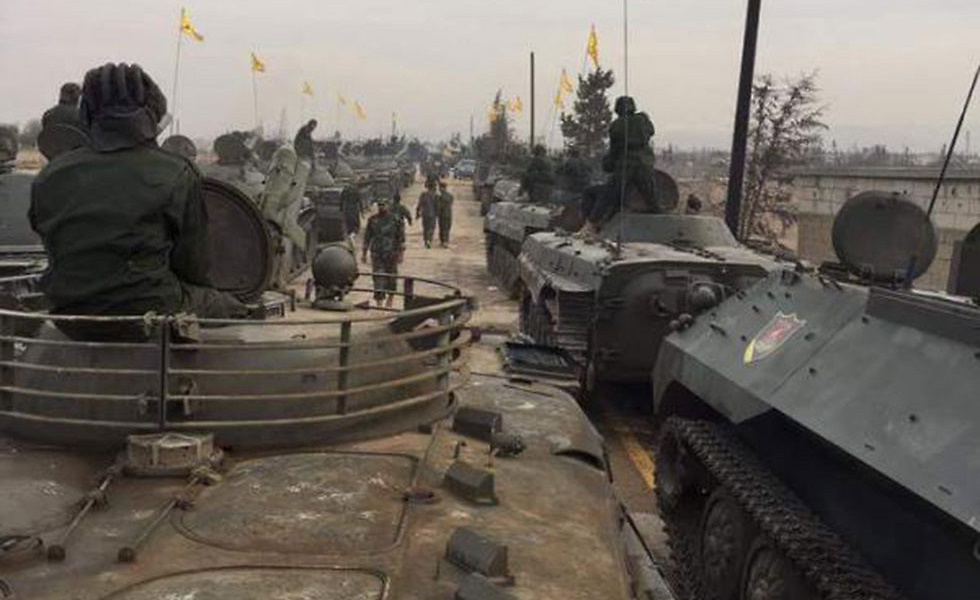
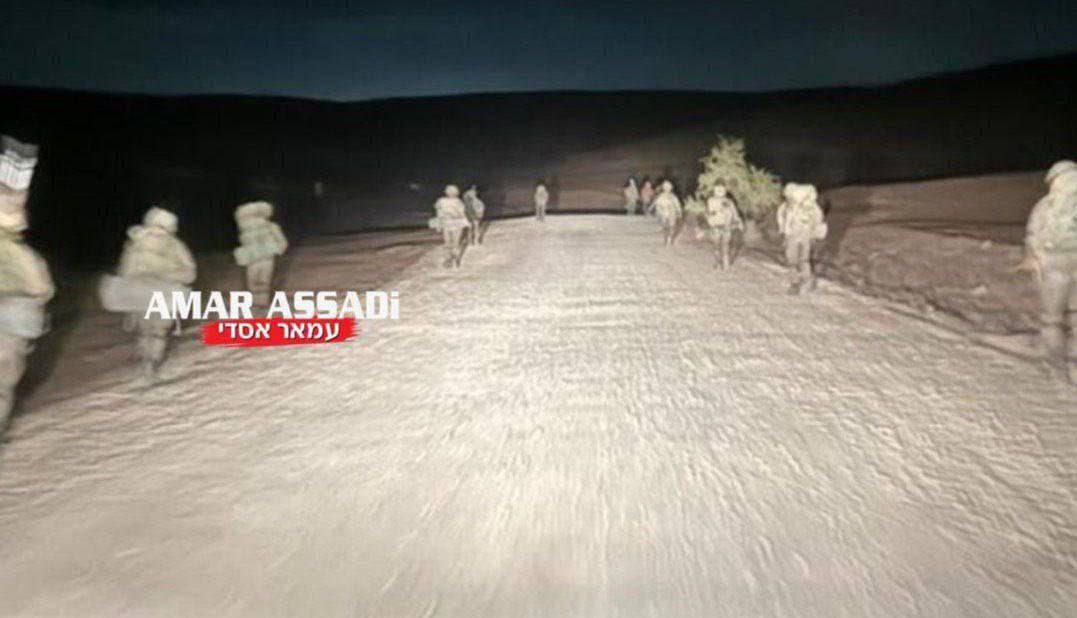
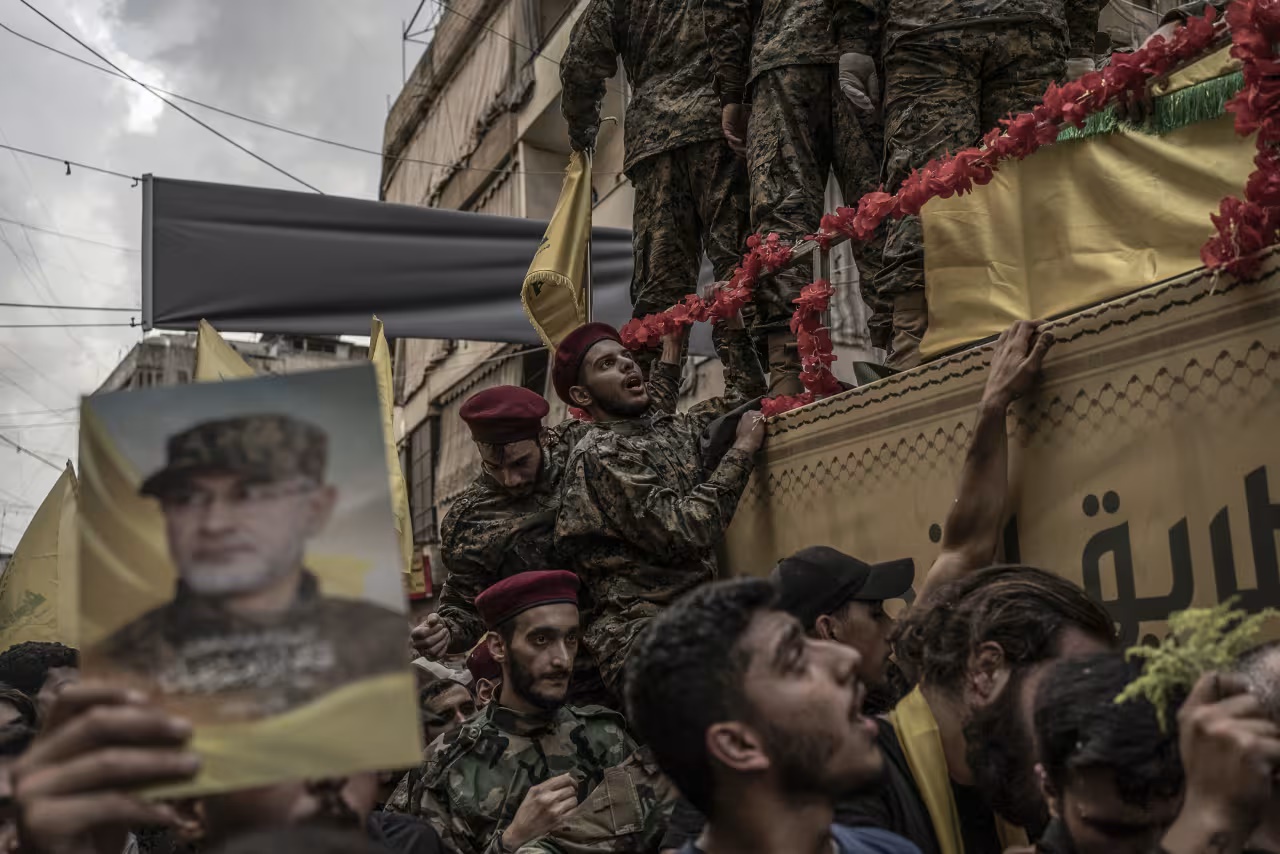
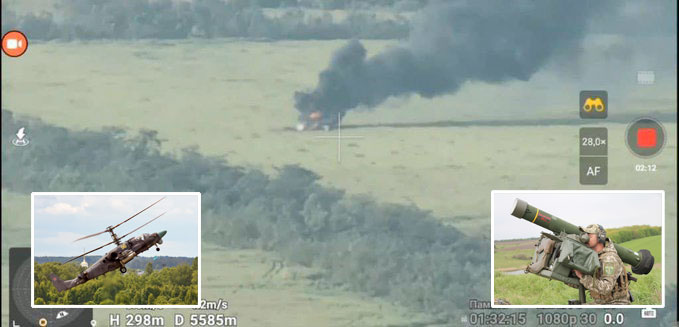
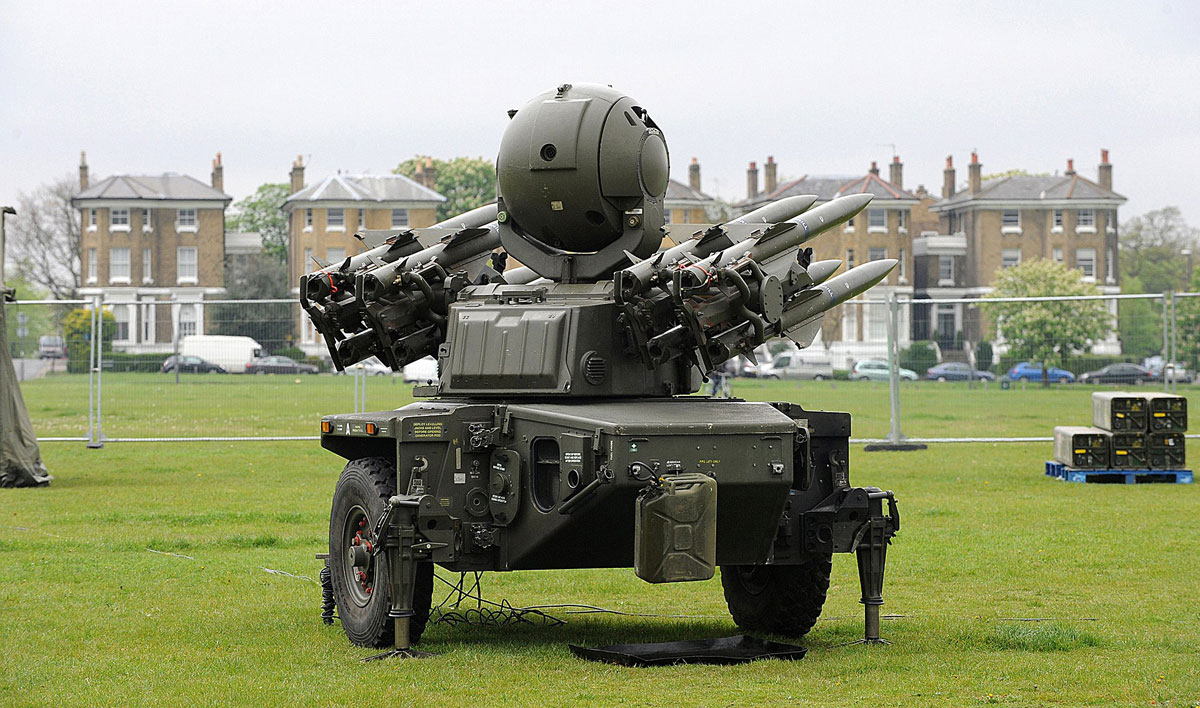
No comments.
By submitting a comment you grant Free West Media a perpetual license to reproduce your words and name/web site in attribution. Inappropriate and irrelevant comments will be removed at an admin’s discretion. Your email is used for verification purposes only, it will never be shared.